Roku Streaming Stick: Two-minute review
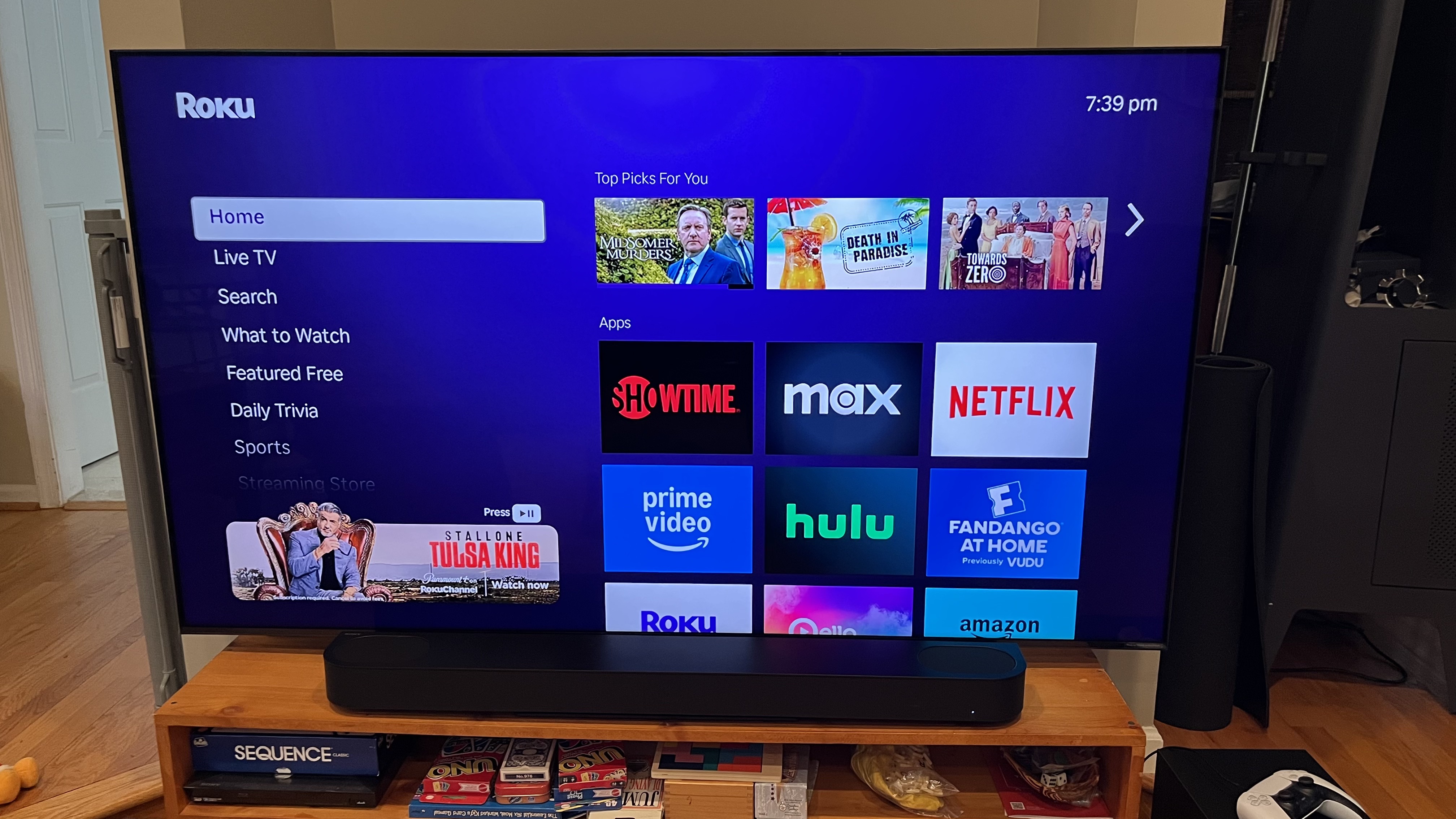
The Roku Streaming Stick is cheap, compact, and easy to use. As the cheaper of Roku’s two newest streaming sticks, the other being the Roku Streaming Stick Plus, it has its limitations – specifically, no 4K or HDR support – but the value proposition here is very good. If you’re trying to save money, it might be among the best streaming devices out there.
As far as competition goes at this price point, there’s really only the Amazon Fire TV Stick HD, which is slightly more expensive. Of course, if you care about getting the best performance and features and are willing to pay for it, I suggest going for the Roku Ultra (2024) instead.
The Roku Streaming Stick is literally just a stick with an HDMI port on the end, and is small even by streaming stick standards. When I reviewed the Amazon Fire TV Sticks that came out in 2023 ( still current models), I had trouble fitting their bulky bodies into the HDMI slots behind my TV, so the svelte design of the Roku Streaming Stick is welcome.
The only visual difference between this and the Streaming Stick Plus version is that the Roku logo is purple as opposed to an etched design, making it look just a bit cheaper than its big brother. Otherwise, it’s identical, with the same somewhat convex case, with the HDMI male jack on one end, and the USB-C charging port on the other. There’s also a reset button, and that’s it.
It’s worth noting that Roku only provides a USB-C to USB-A cable for charging – there’s no power supply or adapter. When I first saw this on the Roku Streaming Stick Plus (again, they’re identical in this regard), I was a little upset that I was expected to pay extra for an adapter. But then I realized there was a good reason for the lack of an adapter, since you’re expected to use the USB port on your TV to power the streaming stick.
Because you’re powering the stick from the TV’s USB port, which is usually just a few slots over from the HDMI connections, there are no hanging cables from the device. This means you’ll end up with a cleaner-looking setup using the Roku Streaming Stick.
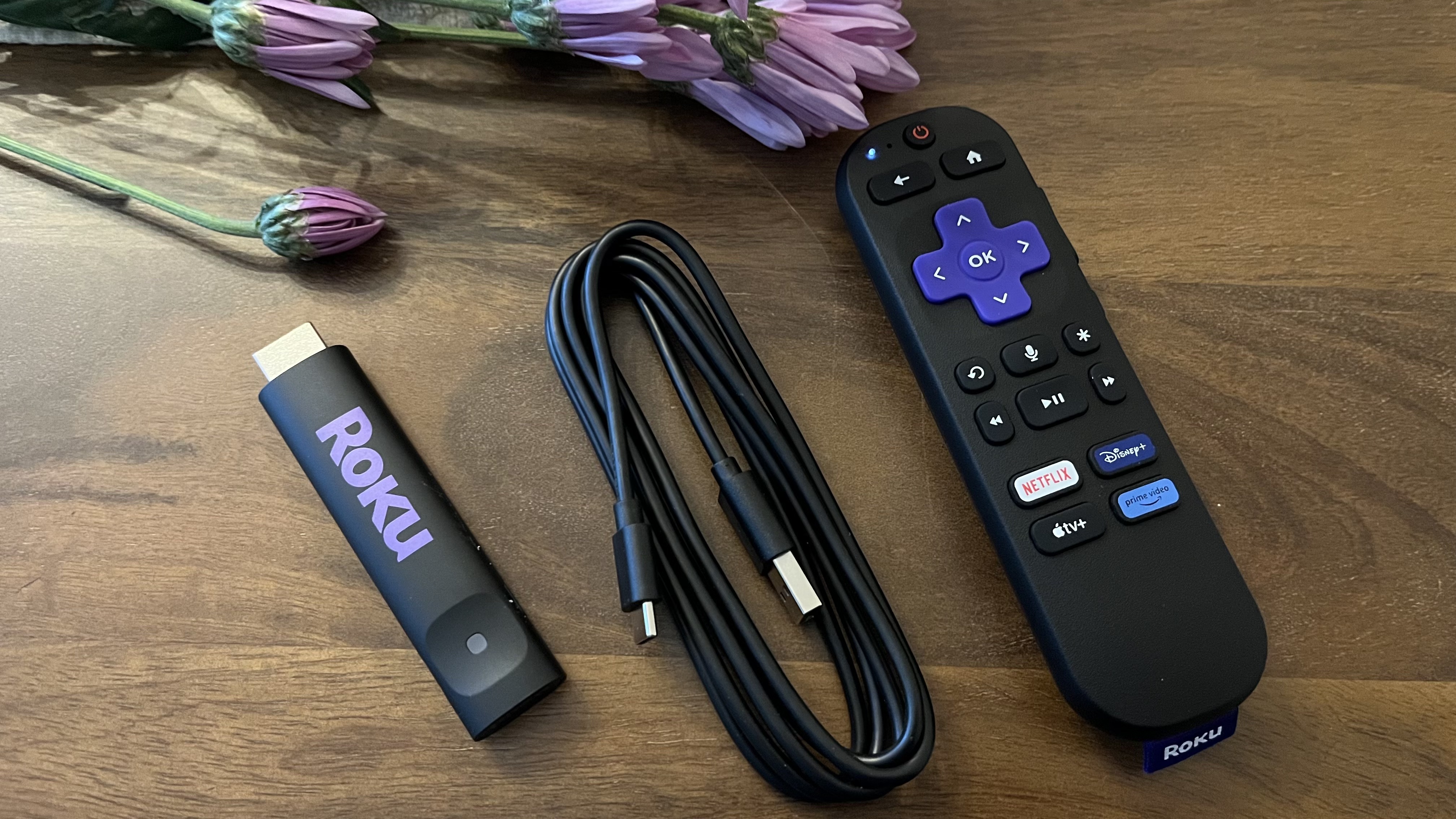
The included remote control is Roku’s voice remote. It has a slightly bulky body with a little bit of weight that makes it nice to handle while still being fairly compact. The buttons include dedicated play/pause buttons – a feature I appreciate over the navigation wheel layout that most remotes have. And there’s also a voice assistant button, which lets you make voice commands when holding it down. It’s not Roku’s best remote – that would be the one included with the Roku Ultra – but it’s good enough and about what one would expect at this price point.
The Roku Streaming Stick is intended to be an entry-level HD device, so there’s no 4K or HDR support. I tested it on a 65-inch TV, and the picture quality was still pretty good. If you’re getting this for a guestroom TV, it’s probably worth saving the few extra bucks.
The Roku Streaming Stick’s biggest sticking point is its performance. Given the stick’s low price, you shouldn’t expect the world, but it’s still worth noting. The actual streaming experience is fine and without interruption, but the Roku Streaming Stick has a slight delay when interacting with it, with the onscreen cursor moving just a fraction of a second after a button press, so you feel like it’s catching up.
It’s worth noting that the Roku Streaming Stick uses the old 802.11b/g/n Wi-Fi standard, which is even slower than the 802.11ac (Wi-Fi 5) one used by the Roku Streaming Stick Plus. You probably don’t need the latest Wi-Fi standard for a streaming device, but the Streaming Stick’s slower and older WiFi standard is a potential reason why it runs a little slower.
The Streaming Stick’s interface is the usual intuitive one I expect from Roku. There are a few watch suggestions at the top, but the home screen is otherwise just a series of tiles for different apps. I appreciate its simplicity compared to the more congested interfaces used by Google TV, Fire TV, and other smart TV platforms. If you prefer that type of layout, Roku has a similar setup when you click on the “What To Watch” tab on the homescreen.
There’s a good amount of free content available to stream directly through the Roku interface. There’s also a Sports tab, but you still need a subscription to whichever service has the rights to your favorite sport. Otherwise, Roku’s interface here is its usual rock-solid self.
Roku Streaming Stick: Price and release date
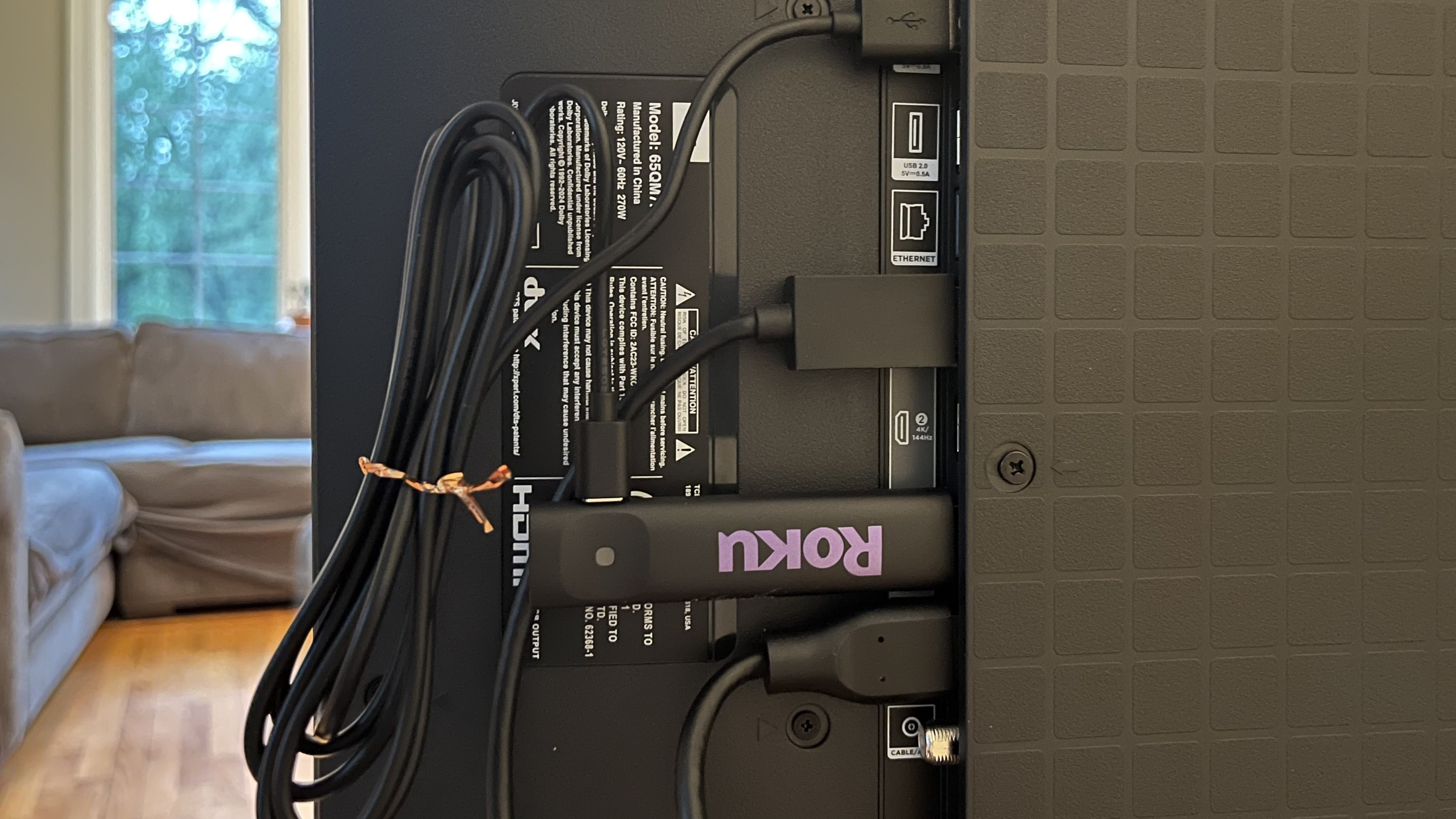
- $29.99 / £29.99 (about AU$50)
- Released April 2025
Thirty bucks or quid for a streaming device is impossible to beat. The closest to that is probably the Amazon Fire TV Stick HD that I mentioned earlier at $34.99 / £39.99 / AU$69.
The question you need to ask yourself is whether it’s worth saving ten bucks for this version over the Roku Streaming Stick Plus, which goes for $39.99 / £39.99 (about AU$70). The design of both sticks is the same, and so are the limitations in performance. If you’re trying to just get the cheapest streaming stick with 4K and HDR support (but not Dolby Vision), the Plus version is the one you’ll want. But if you have an older TV that doesn’t support those features, the basic Roku Streaming Stick will be ideal.
The Amazon Fire TV Stick 4K (2023) is also a good streamer to look at as it’s regularly discounted to the same price as the Roku Streaming Stick Plus. And unlike Roku products, that model is available for purchase in Australia.
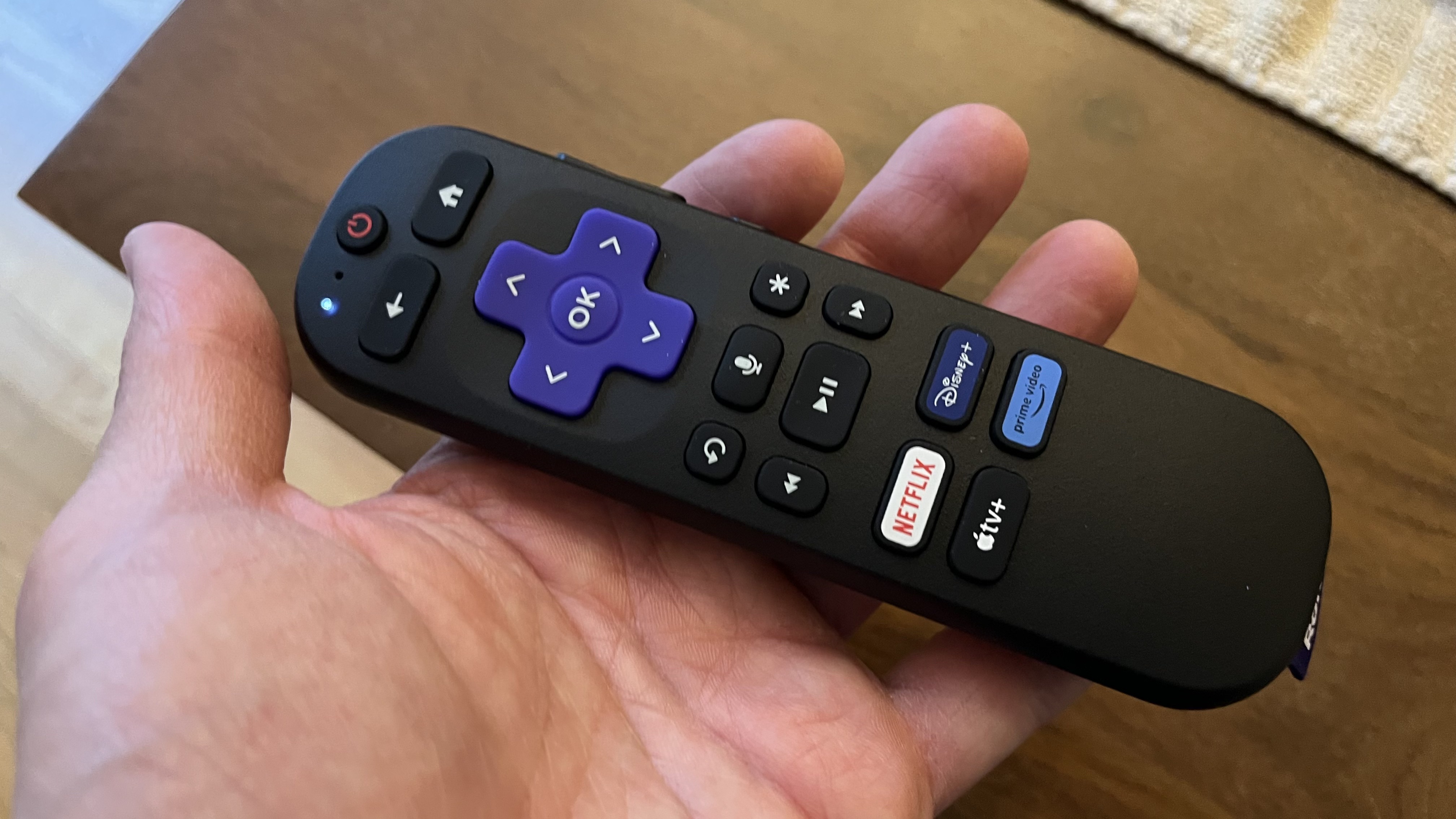
Should you buy the Roku Streaming Stick?
Swipe to scroll horizontally
Attributes | Notes | Rating |
Features | HD streaming with Dolby Atmos but no 4K or HDR support | 3/ 5 |
Performance | It’s fine when streaming, but it lags when interacting with the interface and menus, possibly due to using an older Wi-Fi standard | 3.5 / 5 |
Design | It’s slim and is designed to get power from the TV it’s connected to, helping provide a cleaner, more tangle-free look | 4.5 / 5 |
Value | Streaming doesn’t get cheaper than this. You just have to decide if you can forgo 4K and HDR support | 5 / 5 |
Buy it if...
You’re on a strict budget
Getting the Roku Streaming Stick is on par, pricewise, with dinner for two from a fast food chain. You can’t really get cheaper than this
You want to hide the cables
The ability to draw power from a TV’s USB port is a nice touch that allows for a cleaner-looking setup, especially if you plan on wall-mounting your TV.
You want a Roku device
There are other almost as cheap options. But if you like the Roku smart interface, then this is the perfect entry-level device for it.
Don't buy it if...
You want top performance
The slight lag while navigating is a performance-related concern, as it can be frustrating to feel like you’re always a quarter step behind.
You want 4K and HDR
The Roku Streaming Stick does have features like Dolby Atmos, but you’re missing out on the 4K resolution and HDR support that pricier models have.
Roku Streaming Stick review: Also consider
Amazon Fire TV Stick 4K (2023)
If you’re an Amazon Prime Video subscriber and/or own Alexa smart home products, then the Amazon Fire TV Stick 4K (2023) is the way to go. It has faster Wi-Fi6 support, not to mention 16GB of onboard storage and Dolby Vision and HDR10+ support. It is very Prime-centric, however, and shows ads for Prime content every time it’s idle.
Read our full Amazon Fire TV Stick 4K (2023) review
Roku Ultra (2024)
If you want both speedy performance and the Roku ecosystem, The Roku Ultra (2024) is your best bet. Sure, it can’t tuck behind the TV discreetly like the Streaming Stick or Streaming Stick Plus, but the Ultra is the company’s best and most robust streaming device. It supports just about every feature, including 4K and Dolby Vision HDR, and it comes with Roku’s best remote.
Read more about the
Roku Ultra (2024)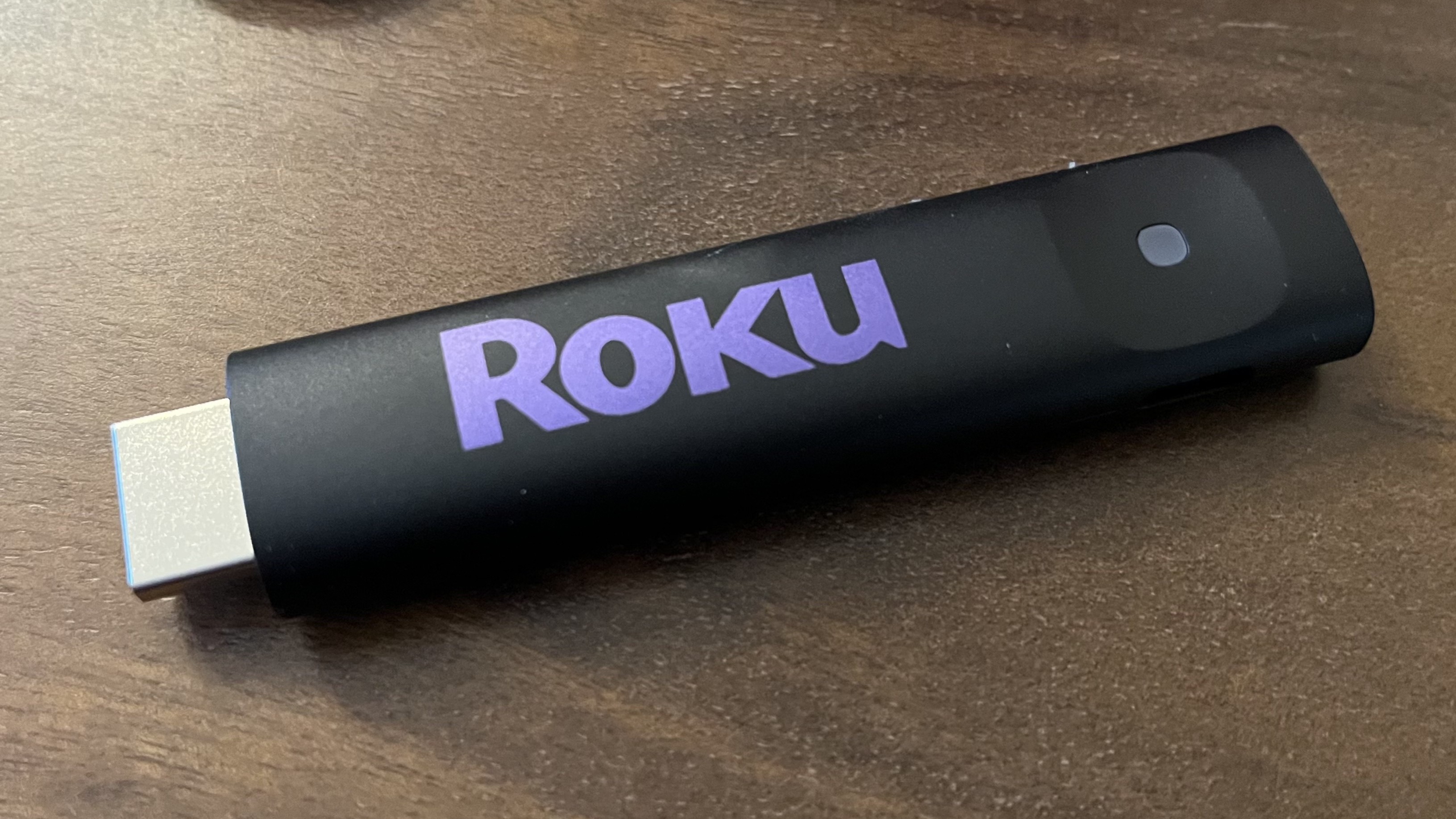
How I tested the Roku Streaming Stick
- Used regularly for a week
- Tested with various apps
- Tested the remote
I used the Roku Streaming Stick regularly for a few days to evaluate everything it can do. I used it to stream Roku content and movies and shows from apps like Max. I also spent time using the remote and testing its various functions.
I’ve tested a lot of tech gear over the years, from laptops to keyboards and speakers, and so have been able to use my expertise towards giving an honest and fair opinion, not to mention a critical eye, to any product I test.
First reviewed June 2025



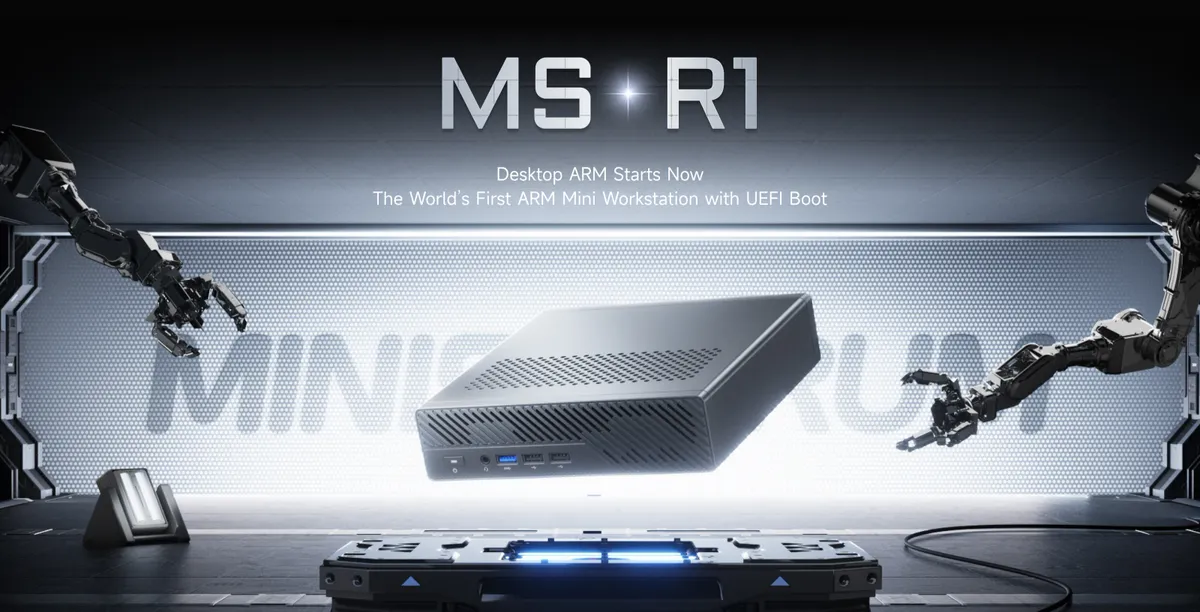
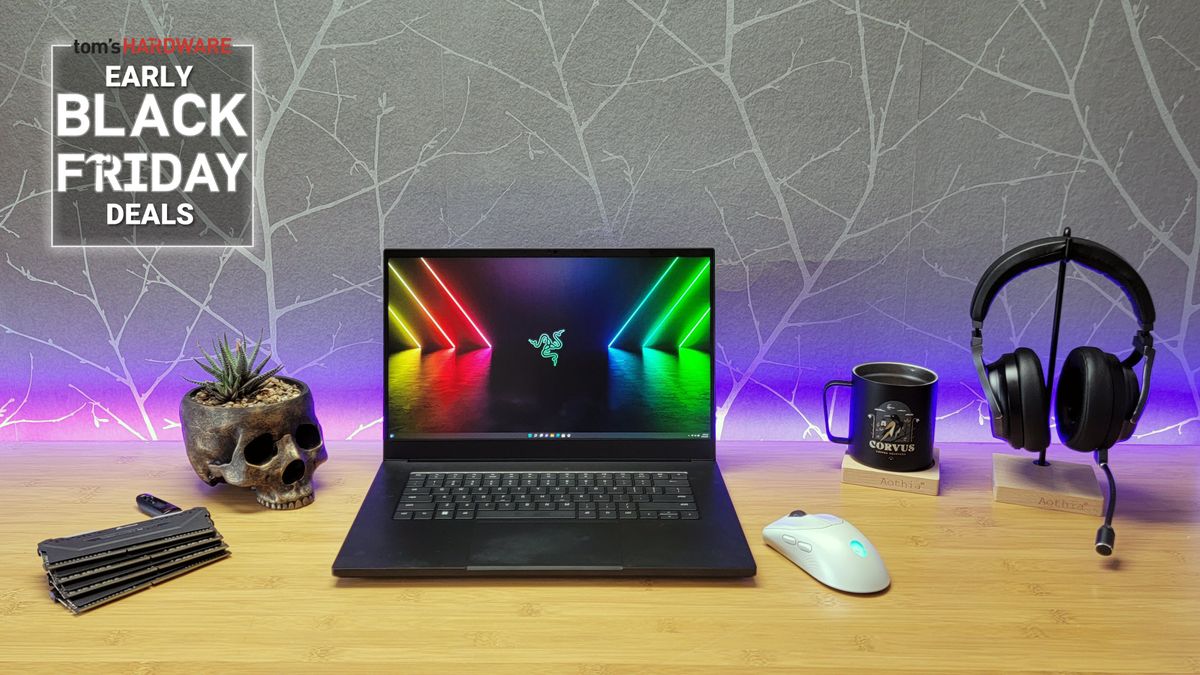
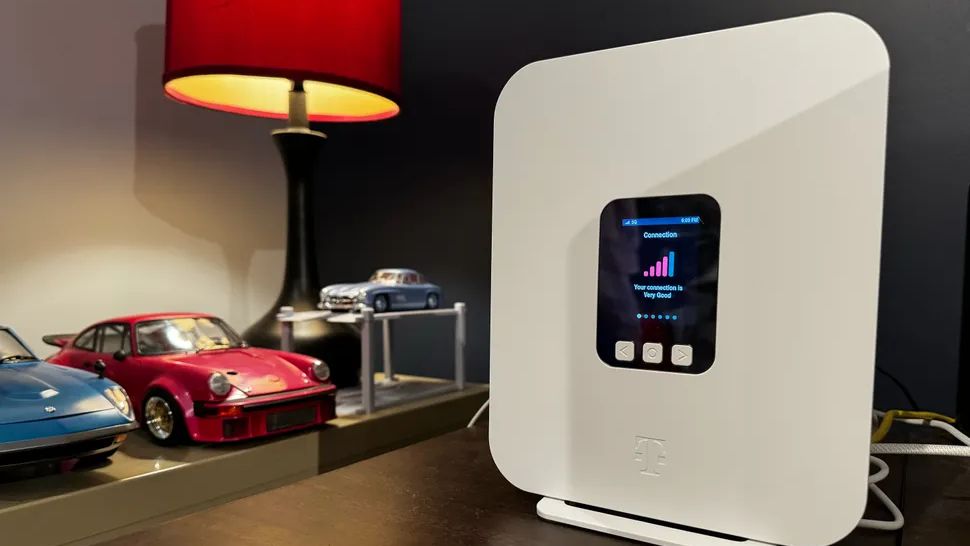





 English (US) ·
English (US) ·